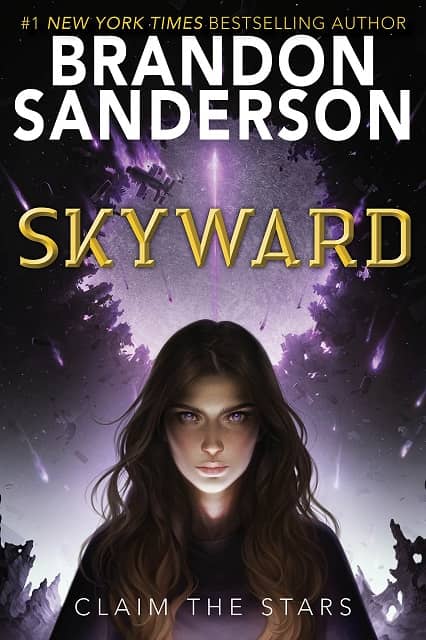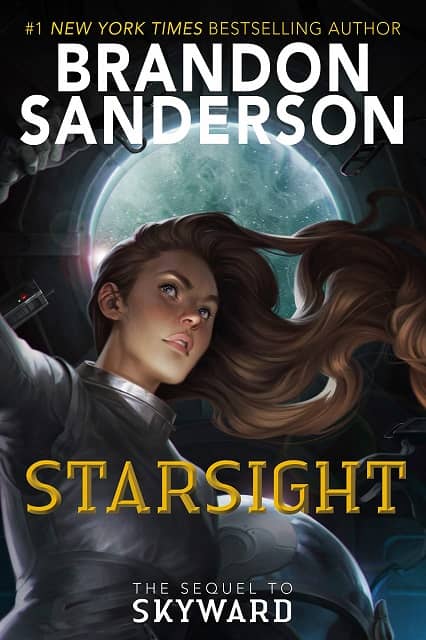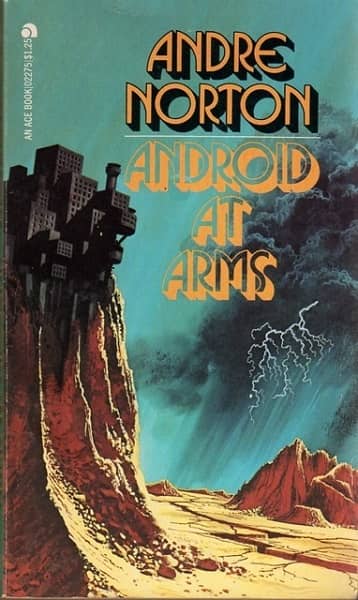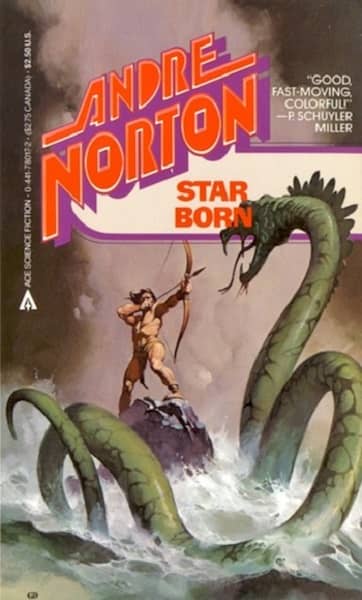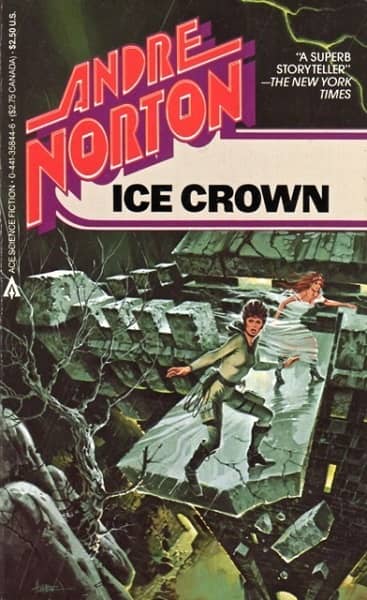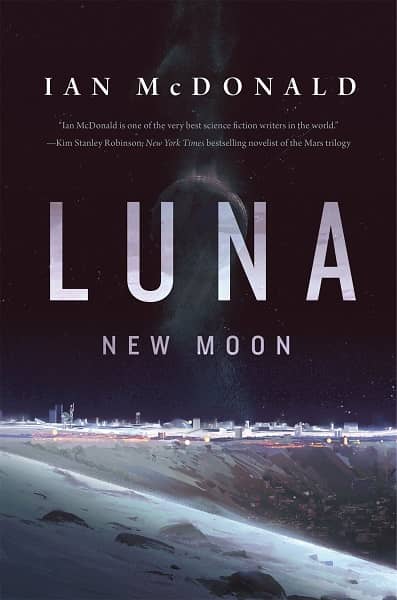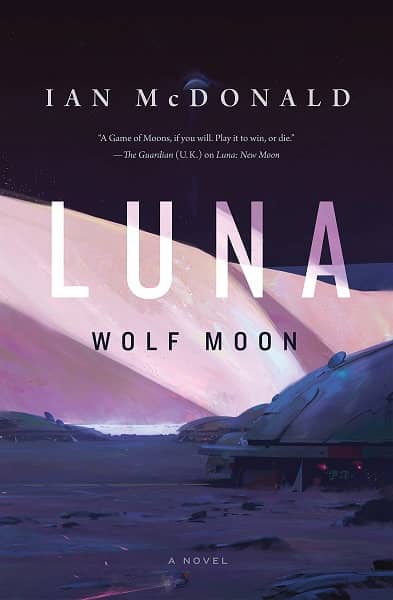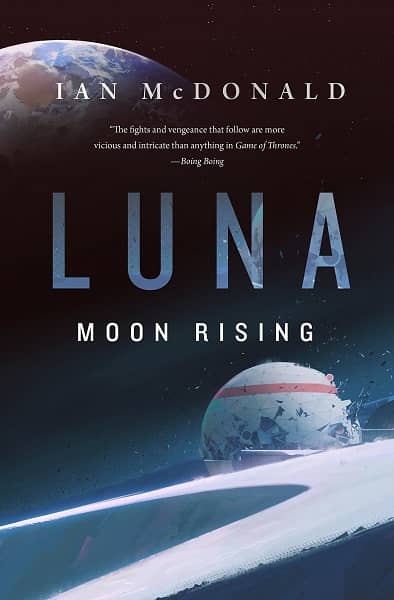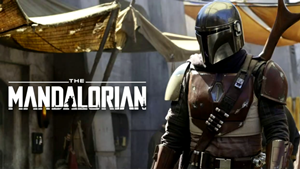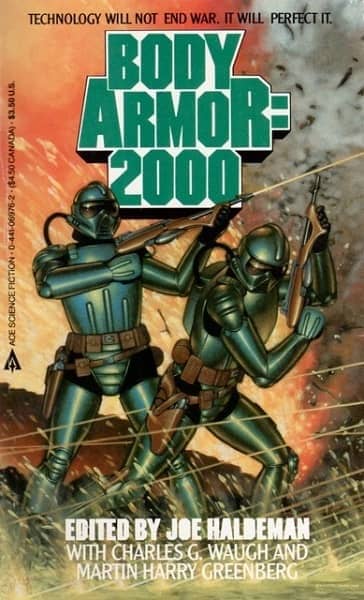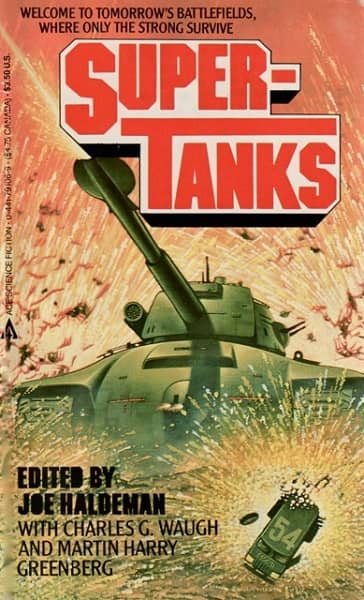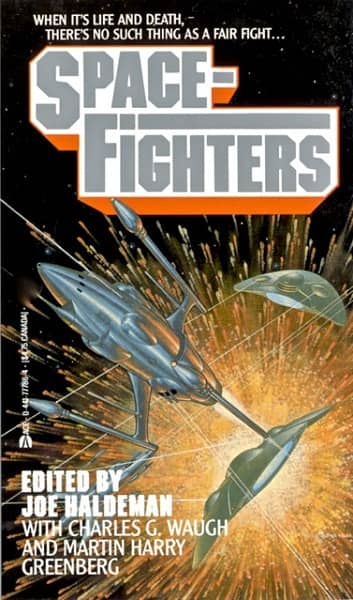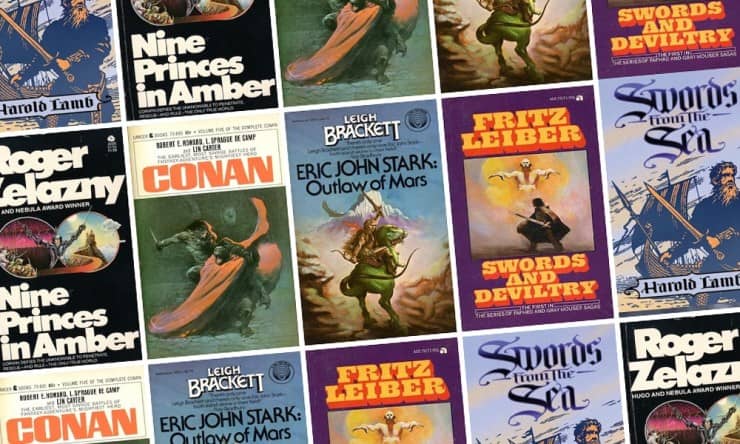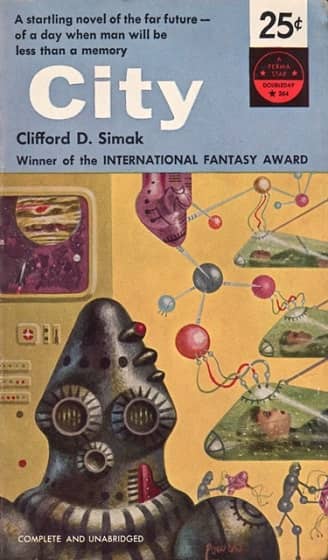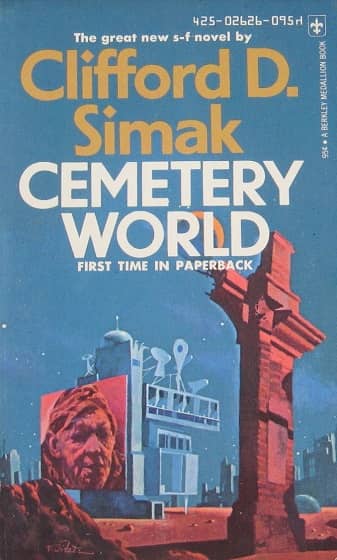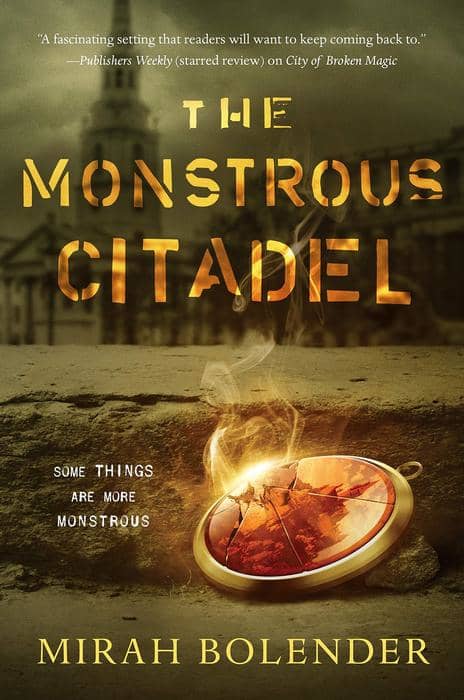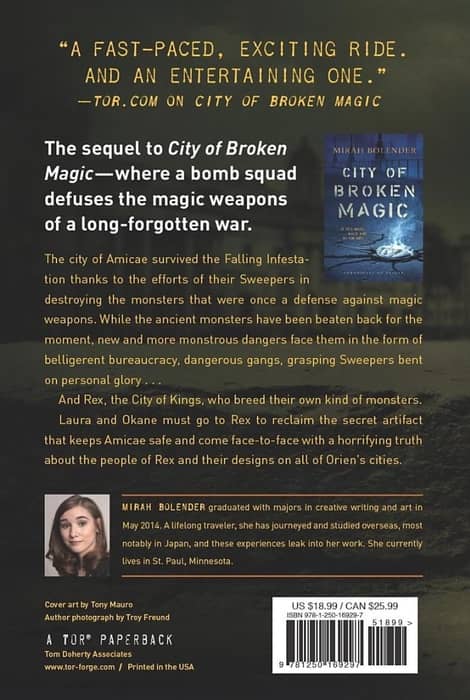A Tale of Two Covers: Gunslinger Girl by Lyndsay Ely
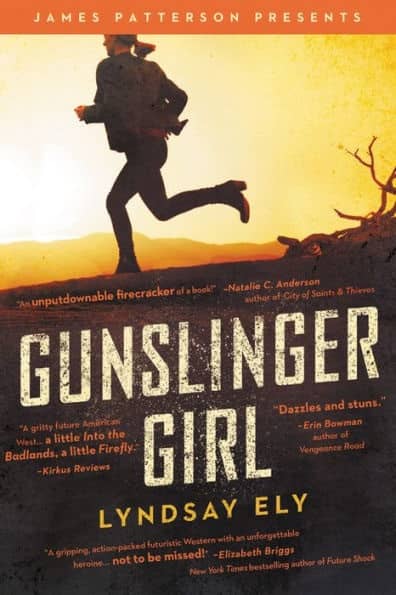 |
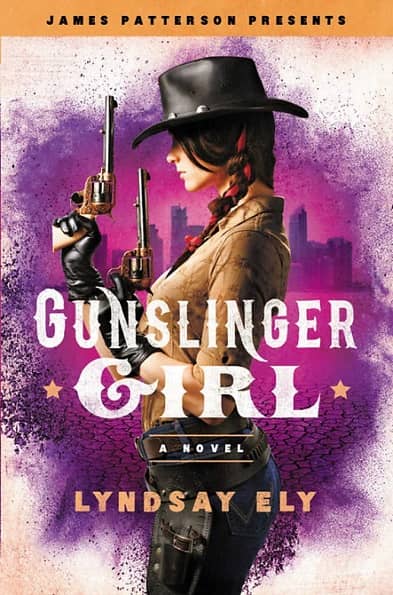 |
Covers by Mark Owen/Trevillion Images (left) and uncredited
While I was at Windycon here in Chicago last week, I stopped by Larry Smith’s booth in the Dealer’s Room and ended up buying a small pile of books from Sally Kobee. Gunslinger Girl by Lyndsay Ely was an impulse buy, but a good one, I think. It’s part of the James Patterson Presents line, and was an Amazon and B&N Best Book of the Month, and an Indie Next pick. It’s also the tale of a female sharpshooter in a dystopian near-future West, and I like the sound of that. Here’s the description.
Seventeen-year-old Serendipity “Pity” Jones inherited two things from her mother: a pair of six shooters and perfect aim. She’s been offered a life of fame and fortune in Cessation, a glittering city where lawlessness is a way of life. But the price she pays for her freedom may be too great….
In this extraordinary debut from Lyndsay Ely, the West is once again wild after a Second Civil War fractures the U.S. into a broken, dangerous land. Pity’s struggle against the dark and twisted underbelly of a corrupt city will haunt you long after the final bullet is shot.
My problem with the book is that I bought the trade paperback on the left, and when I was checking out the details online I discovered the mass market paperback edition on the right, with the gorgeously colorful cover. It was vividly different and inexpensive enough ($5.49) that I decided to get a copy of that one as well, this time as a gift for my daughter. I ordered it from Amazon… and promptly received a second copy of the book at left. Every edition Amazon lists online has the cover at right (including the audio, paperback and hardcover editions), but I don’t see any way to actually get one.
Well, I love a book challenge, and I’m not ready to give up yet. I’ll let you know how it turns out. Here’s the back cover of the trade edition.
